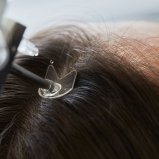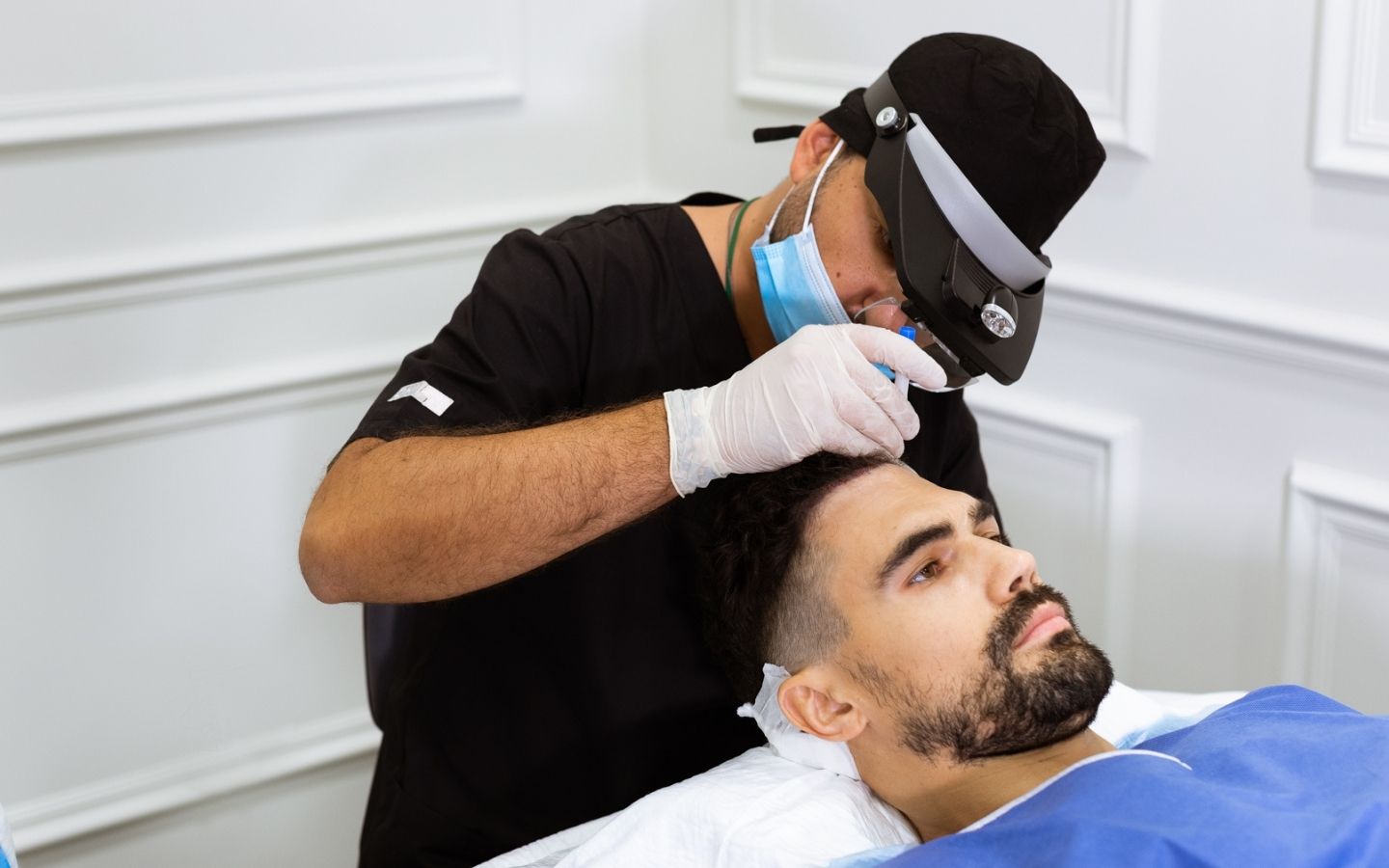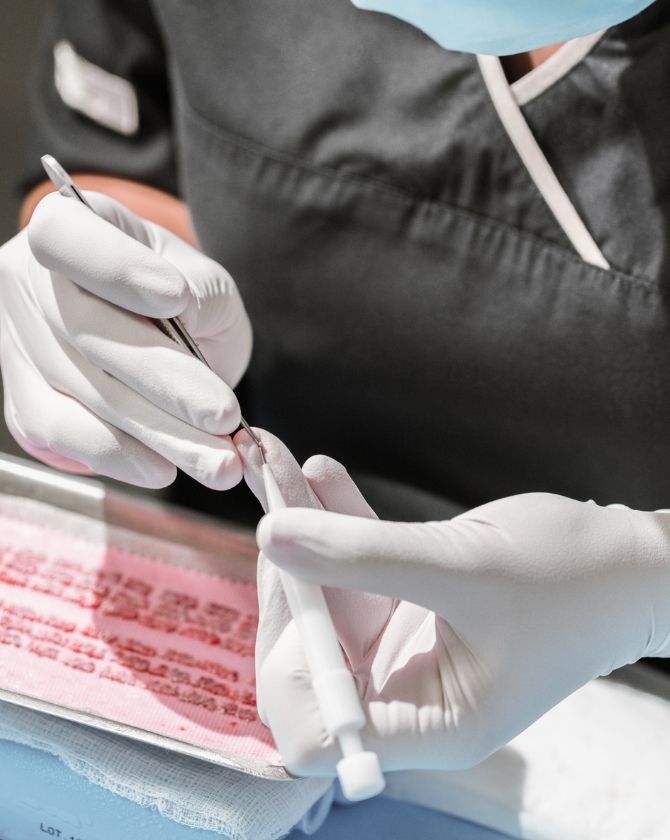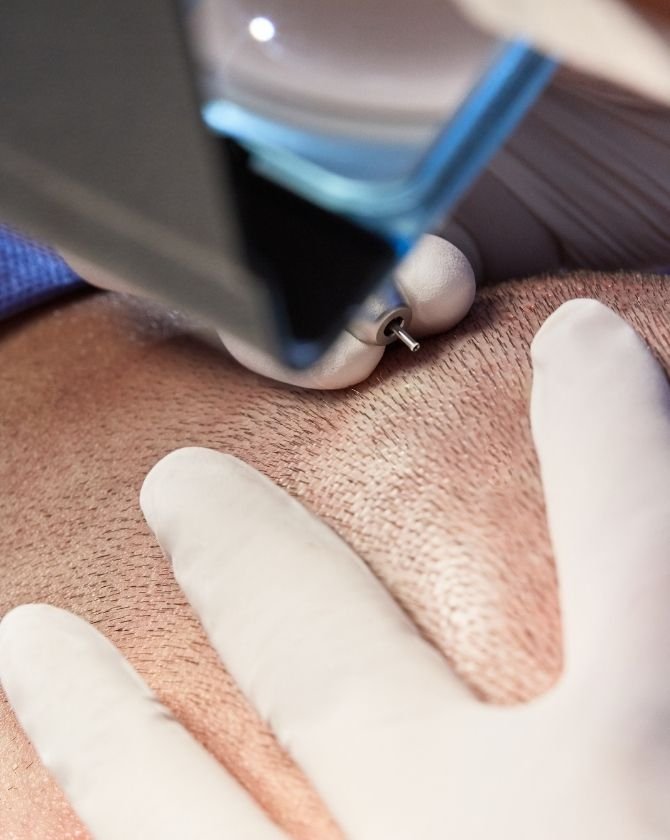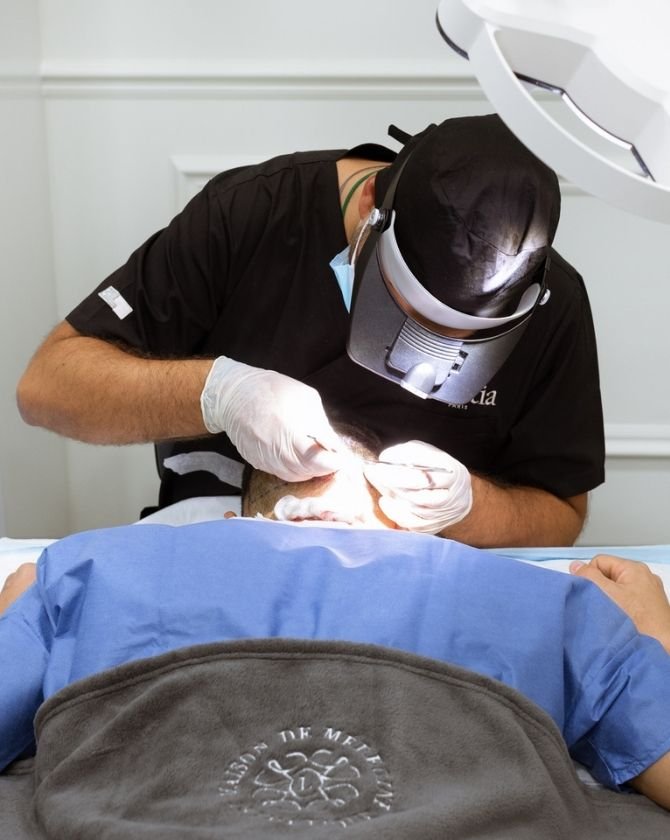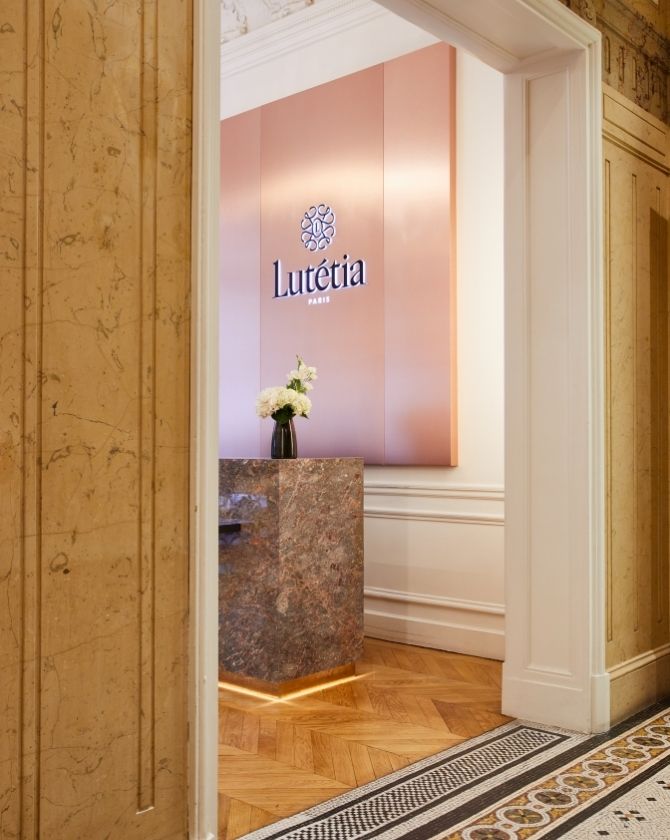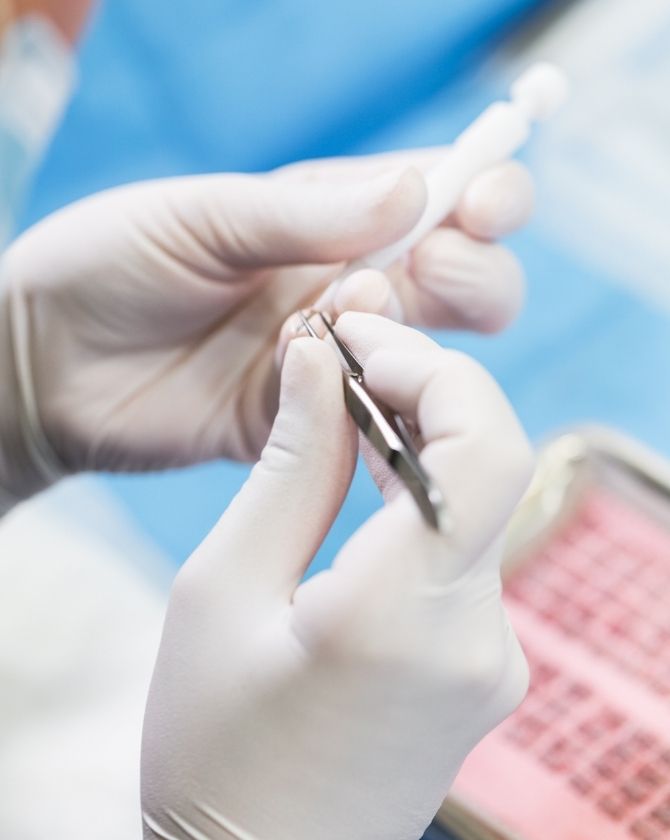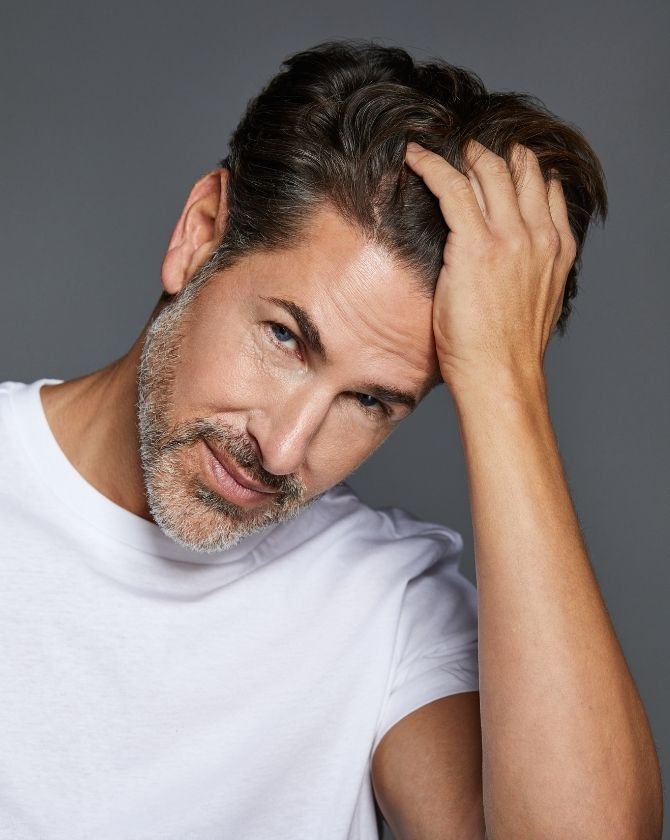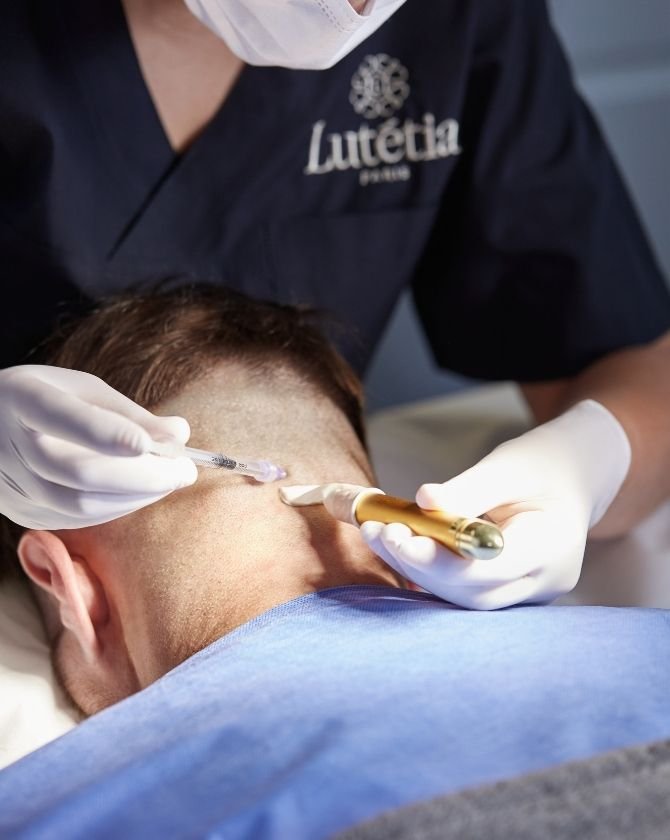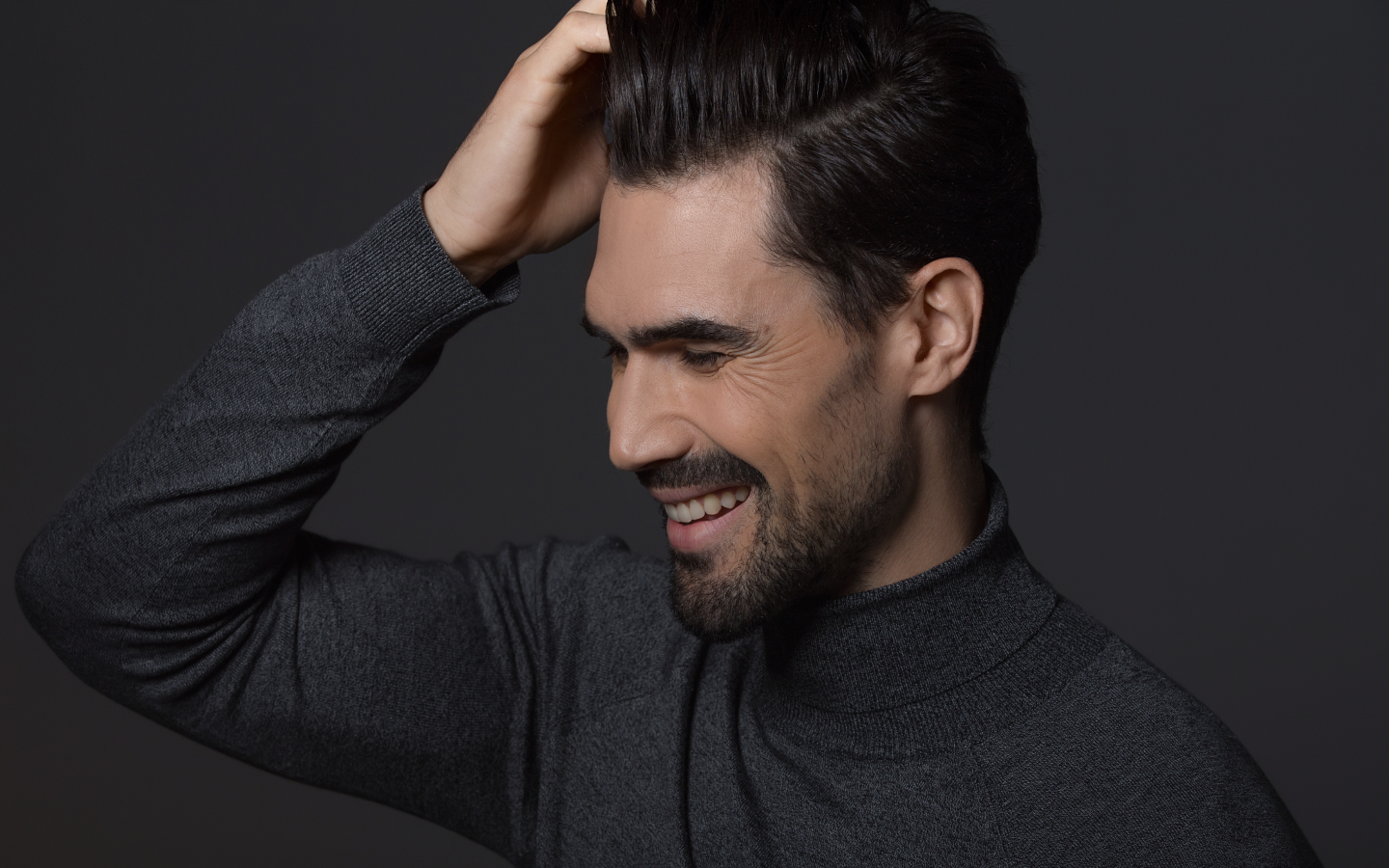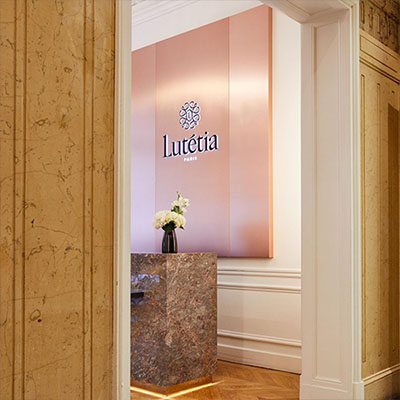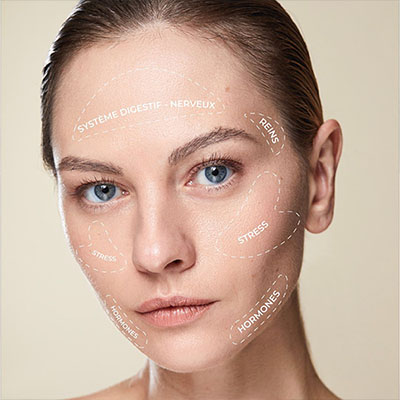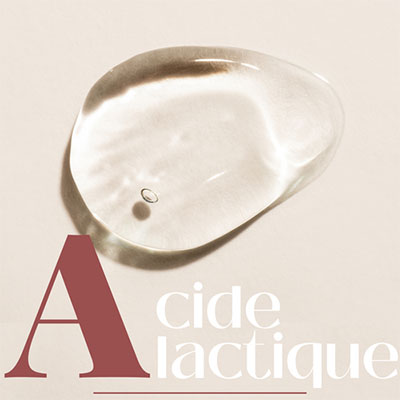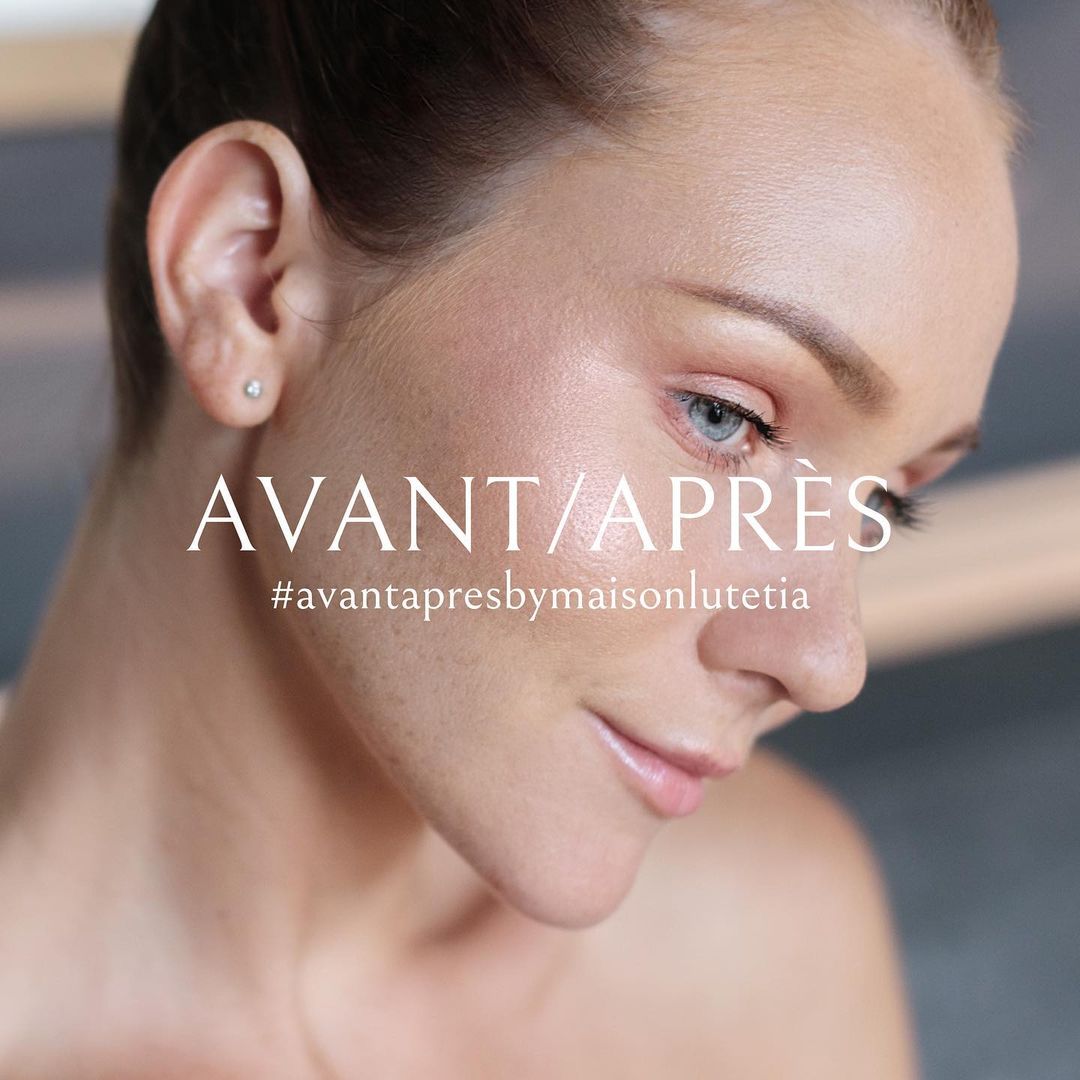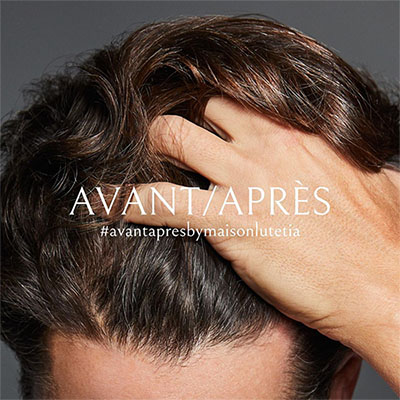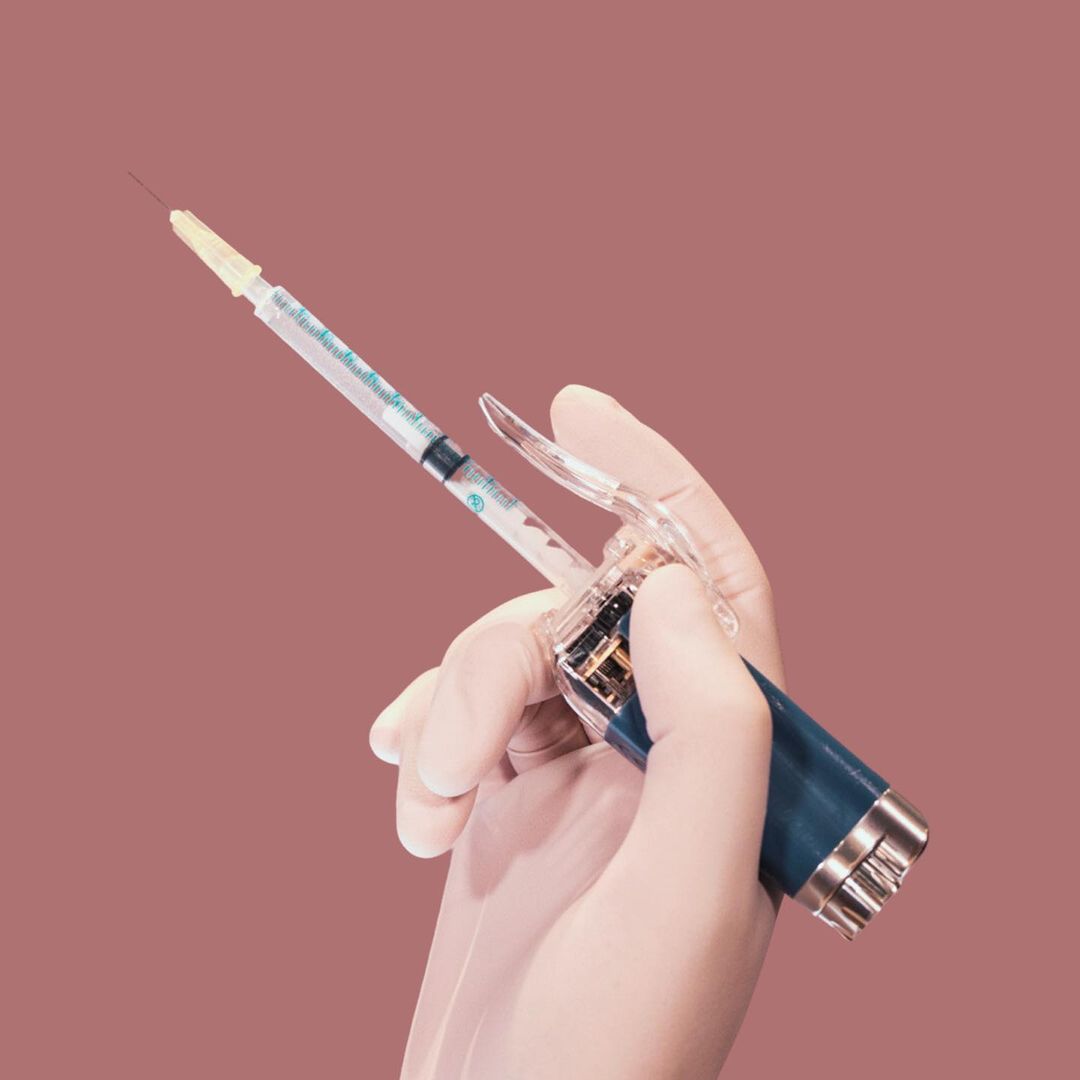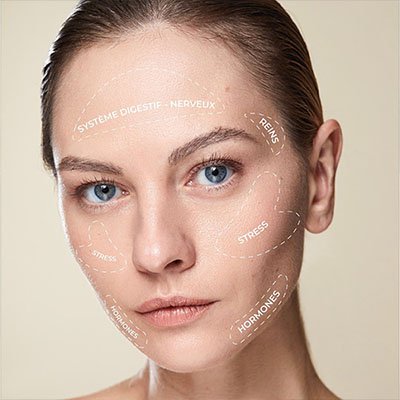Le choix d'une greffe de cheveux "low-cost" à l'étranger gagne en popularité chez ceux qui cherchent une solution rapide et peu chère pour remédier à la calvitie. Cependant, cette option, qui peut paraître alléchante, cache des risques significatifs. Les interventions “low-cost”, non standardisées, ne suivent aucun protocole médical établi, que ce soit en termes de qualification du personnel ou d'utilisation des outils. Ces coûts attractifs peuvent entraîner des conséquences irréversibles : zone donneuse ravagée, cuir chevelu agressé, cicatrices visibles, implantation artificielle, faible densité, effet "champ de poireaux" ou "cheveux de poupée"... Autant d'effets inesthétiques dont le patient porte les marques pour le reste de sa vie.
Il est également important de se questionner sur qui effectue réellement la greffe de cheveux. Certaines cliniques qui affichent des tarifs très bas peuvent confier l'intervention à des personnes non qualifiées ou à des machines à l'expertise imprécise.
Ces pratiquent résultent trop souvent en histoires tragiques de patients témoignant sur les abus qu'ils ont subi. À la Maison Lutétia, les greffes de cheveux sont réalisées de bout en bout par un médecin expert, accompagné d'une infirmière spécialisée tout au long de l'intervention. Ces ressources humaines sont comprises dans le prix de la greffe, garantissant une approche médicale irréprochable. Autrement dit, vous savez précisément ce pour quoi vous payez.



